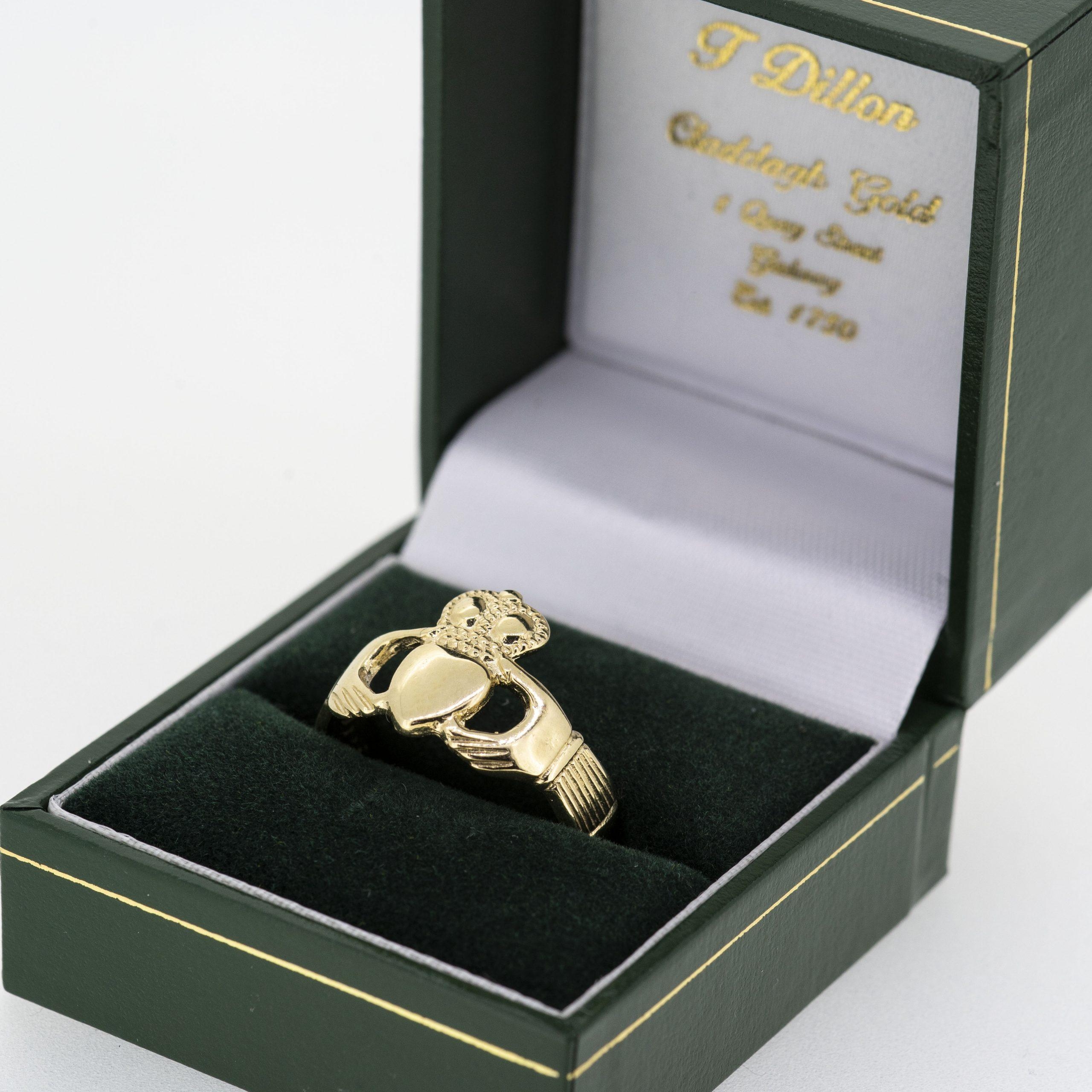Legends and Meanings Behind the Irish Claddagh Ring

The Irish Claddagh ring is more than just a piece of jewelry; it carries centuries of tradition, symbolism, and romance within its elegant design. Originating in the 17th century in the fishing village of Claddagh, near Galway, Ireland, this distinctive ring has become a cherished symbol of love, loyalty, and friendship.
The ring's design is characterized by three key elements: a heart, representing love; a crown, symbolizing loyalty; and two hands, symbolizing friendship. When worn, the position of the ring on the finger and the direction the heart faces convey the wearer's romantic status. If the heart is pointed towards the wearer, it signifies that their heart is taken, while pointing it outward suggests the wearer is open to love.
The legends behind the Claddagh ring add a layer of enchantment to its allure. One popular tale tells of Richard Joyce, a young fisherman captured by Algerian pirates and sold into slavery. During his captivity, he crafted the first Claddagh ring for the woman he loved in Galway. Miraculously, he was released and returned to Ireland, only to find his beloved still waiting for him. The ring had served as a symbol of enduring love and loyalty.
The Claddagh ring is often passed down through generations, becoming a family heirloom that carries with it the stories and sentiments of those who wore it before. It has transcended its Irish roots to become a global symbol of love and connection.
In a world that often moves too quickly, the Irish Claddagh ring remains a timeless reminder of the enduring values of love, loyalty, and friendship—a wearable testament to the power of enduring human connections.
- Industry
- Art
- Causes
- Crafts
- Dance
- Drinks
- Film
- Fitness
- Food
- Games
- Gardening
- Health
- Home
- Literature
- Music
- Networking
- Other
- Party
- Religion
- Shopping
- Sports
- Theater
- Wellness
- News


